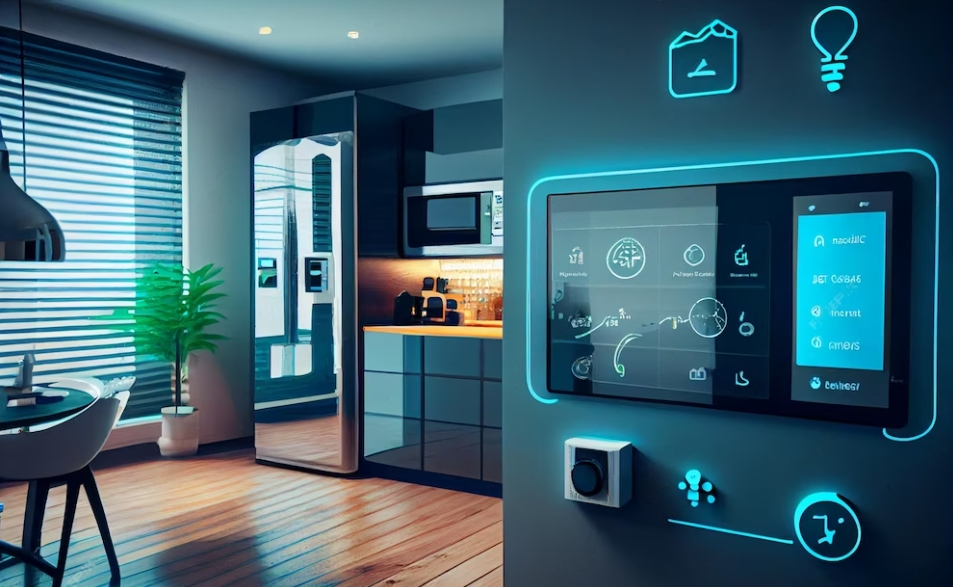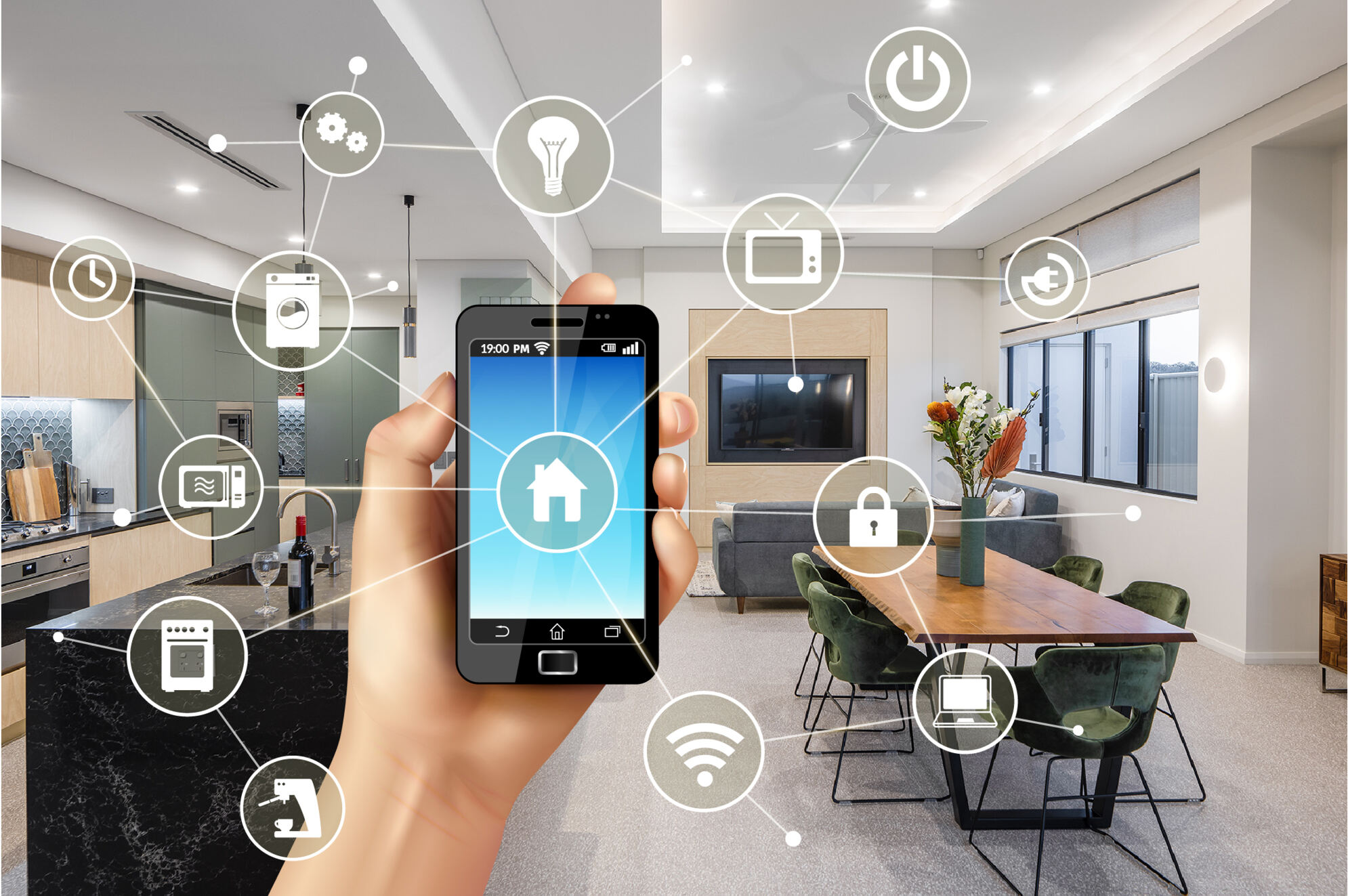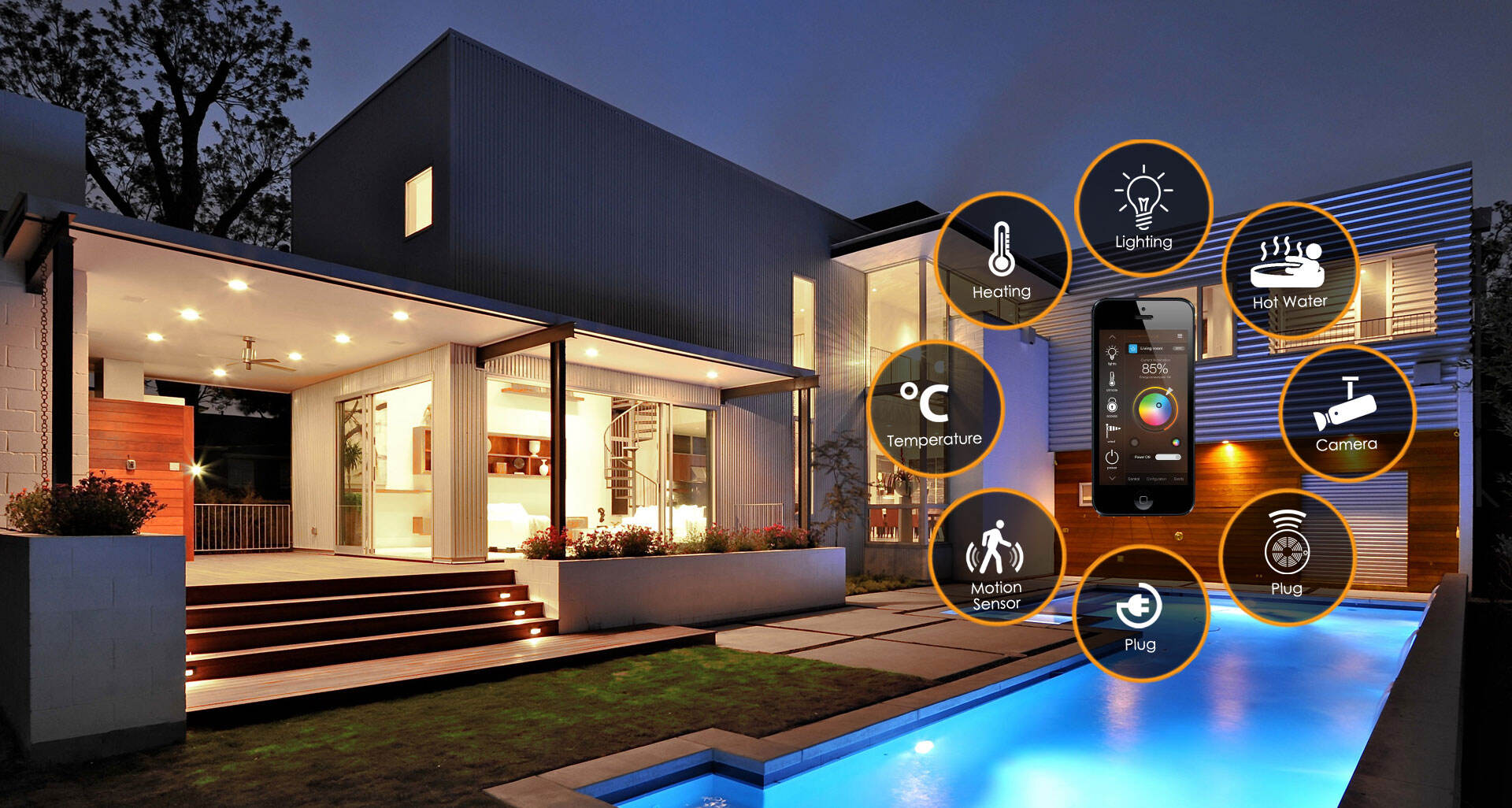What is the smart home trend in 2024?

With the rapid development of technology, the concept of smart home has gradually entered our daily life from science fiction movies. In 2024, the field of smart home will usher in a deeper transformation. From more personalized experience to more extensive device interconnection, what trends will smart home have in this year that are worth paying attention to? Let's explore together.
If you want more details, please contact me on
WhatsApp: +86-13501581295
E-mail:[email protected]
Welcome to consult our official website, our website is: https://www.uhopestar.com/
Personalized experience and the rise of AI assistants
Smart home devices no longer just provide automation functions, but are user-centric, providing a more personalized experience, closer to the user's living habits, and improving the user's quality of life.
a.Smarter AI: In 2024, voice assistants (such as Alexa and Google Assistant) have been greatly upgraded, and can better understand user intentions and provide personalized suggestions. They can automatically adjust the indoor temperature or recommend the best lighting solution based on user habits.
b.Popularization of machine learning: AI algorithms can provide more considerate services to families by analyzing user behavior habits, such as adjusting refrigerator temperature according to dietary preferences, recommending healthy recipes, etc.
c.Trend interpretation: The core of smart home is changing from "passive response" to "active adaptation", which will be closer to users' living habits.
Seamless interconnection and the popularization of Matter protocol
a.Multi-brand interoperability: Smart home devices from different brands can achieve seamless connection and collaboration through the Matter protocol. For example, Samsung TVs, Apple HomePod, and Amazon smart bulbs can all be interconnected, solving the problem that different devices cannot be managed together through one app.
b.Easier setup: Users no longer need to install multiple apps for different devices. The Matter protocol simplifies the installation and operation process, making smart homes more user-friendly and more convenient for users.
Sustainability of smart home devices
a.Energy-saving devices are more popular: Devices such as smart thermostats and smart sockets can help users optimize energy use, thereby reducing electricity bills and saving energy.
b.Recyclable and environmentally friendly materials: Manufacturers are using recyclable materials and environmentally friendly processes to manufacture smart devices to reduce the impact on the environment.
c.Solar-powered smart devices: Smart cameras, sensors and other devices will be more solar-powered, reducing dependence on the power grid and saving electricity costs to a certain extent.

Comprehensive upgrade of health and safety functions
In the post-pandemic era, people's concerns about family health and safety continue to rise, making the health and safety functions of smart home devices an important trend in 2024.
a.Air quality monitoring equipment: More and more families are installing smart air purifiers and air quality sensors to monitor indoor air in real time and optimize it intelligently.
b.Health tracking function: Smart mattresses, smart lighting systems, etc. provide health advice to family members by analyzing users' sleep quality, heart rate and other data.
c.Security upgrade: Smart doorbells, smart surveillance cameras, automatic door locks and other devices further improve home security through AI recognition and remote monitoring functions.
Combination of AR/VR technology and smart home
a.Virtual home management: Users can use AR devices to view and control all smart devices in the home in a virtual interface, improving user experience and making life smarter.
b.Simulate smart scenarios: Using VR technology, users can simulate different smart scenarios before purchasing and choose the most suitable home solution.
More affordable smart home products
The prices of smart home products are falling rapidly, allowing more ordinary families to enjoy the convenience of intelligence. With the explosion of affordable smart devices, more affordable smart sockets, smart bulbs, and smart doorbells will emerge on the market, providing choices for entry-level users. Smart homes are moving from "high-end exclusive" to "popular among all people."
Are smart home devices safe?
With the development of technology, smart home devices are entering our daily lives at an alarming rate. The popularity of these smart devices has greatly facilitated our lives, but the question that arises is: "Is smart home really safe?"
Here are some of the core issues with smart home security
1.Data Privacy
Smart home devices collect a large amount of user data, such as daily behavior patterns, voice commands, and even real-time video recordings of home activities. Once this data is illegally obtained, it may lead to privacy leaks.
2.Network vulnerabilities
Smart home devices often connect via Wi-Fi, which makes them vulnerable to cyberattacks. If there is a vulnerability in the device or router, hackers may be able to take control of the device or even get into your home network.
3.Inadequate device security
Some cheap smart devices may lack basic security design, such as the default password is too simple or the device does not support regular updates, making it easy for hackers to break in.
4.Chain effects of attacks
Smart home devices are usually connected together through a centralized network, and once one device is compromised, other devices may also be implicated.

Main security risks of smart homes
1.Camera privacy risks
Smart cameras are important devices for home security, but if they are not properly protected, they may become targets of hackers. Once hacked, hackers can view the inside of the home in real time.
2.Voice assistant eavesdropping problem
Voice assistants like Alexa and Google Assistant may accidentally activate and record users' conversations when receiving incorrect instructions. Data stored in the cloud may also be leaked.
3.Fake smart device attacks
Hackers may use fake Wi-Fi signals or malware to infect smart devices and obtain users' sensitive data.
4.Ransomware attacks
Hackers can implement ransomware by controlling smart door locks, cameras or other key devices, requiring users to pay fees to restore the normal use of the device.
How to keep your smart home secure?
1.Use strong passwords and enable two-factor authentication
Make sure your device passwords are unique and complex, and avoid using default passwords or common combinations (such as "123456"). Some devices support two-factor authentication (2FA), so be sure to enable it so that even if the password is leaked, it will be difficult for hackers to break in.
2.Update firmware and software regularly
Smart device manufacturers regularly release firmware updates to fix security vulnerabilities, and you need to install updates in a timely manner. Use the device's automatic update function to ensure that the device is always running the latest version of the software.
3.Set up a separate home network
Create a separate Wi-Fi network for smart home devices, isolated from your main network. This way, even if the device network is compromised, it won’t threaten other devices. Protect the network connection using advanced encryption protocols supported by modern routers, such as WPA3.
4.Turn off unnecessary functions
If some functions of smart home devices (such as remote access, Bluetooth connection) are not often used, it is recommended to turn them off to reduce the risk of being attacked. Disable the default remote access port or weak encryption protocol of the device.
5.Choose a trusted brand
When buying smart home devices, try to choose well-known brands with a good safety record. Check whether the device meets the relevant international safety certifications and understand its privacy policy.
6.Use firewalls and security software
Configure your router’s built-in firewall feature or install a third-party firewall to protect your network. Consider using intrusion detection tools on your home network to monitor for suspicious activity.

Conclusion
In 2024, the field of smart home will accelerate in the direction of personalization, connectivity, sustainability and popularization. Whether it is the convenience of home automation or the experience of whole-house intelligence, smart home will further change our lifestyle.
Table of Contents
- Personalized experience and the rise of AI assistants
- Seamless interconnection and the popularization of Matter protocol
- Sustainability of smart home devices
- Comprehensive upgrade of health and safety functions
- Combination of AR/VR technology and smart home
- More affordable smart home products
- Are smart home devices safe?
- Here are some of the core issues with smart home security
- Main security risks of smart homes
- How to keep your smart home secure?
- Conclusion


